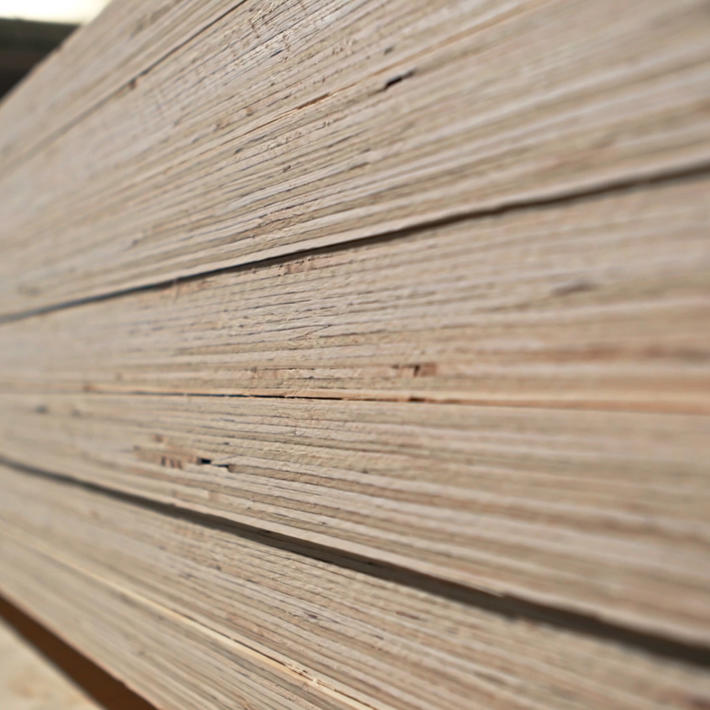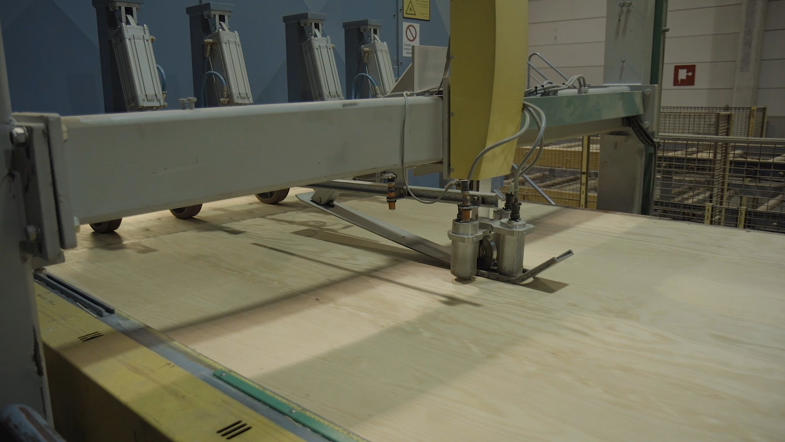A brief introduction to laminated veneer lumber
Kerto LVL is a well-known product around the world. Its test production began in the 1970s at Punkaharju, Finland. Kerto LVL is Metsä Wood’s own brand and demand for it is accelerating, particularly as industrial-scale wood construction gains more of a foothold.
LVL is short for the words laminated veneer lumber.
Kerto LVL is made from the biggest logs yielded by Finnish forests. These logs are rotary peeled, and the veneers is converted into construction products with a higher added value, as well as dimensions and strength values that are in a league of their own in comparison to sawn timber.
Thin LVL beams and large LVL panels
Originally the product development of LVL was started in the United States, where LVL is a beam product, given that the line width there is usually 1.2 metres. Besides LVL beams Metsä Wood is able to produce large panels with a width of 2.5 metres and 1.8 metres at its Punkaharju and Lohja mills in Finland, meaning that we are, in effect, speaking of a different product.

